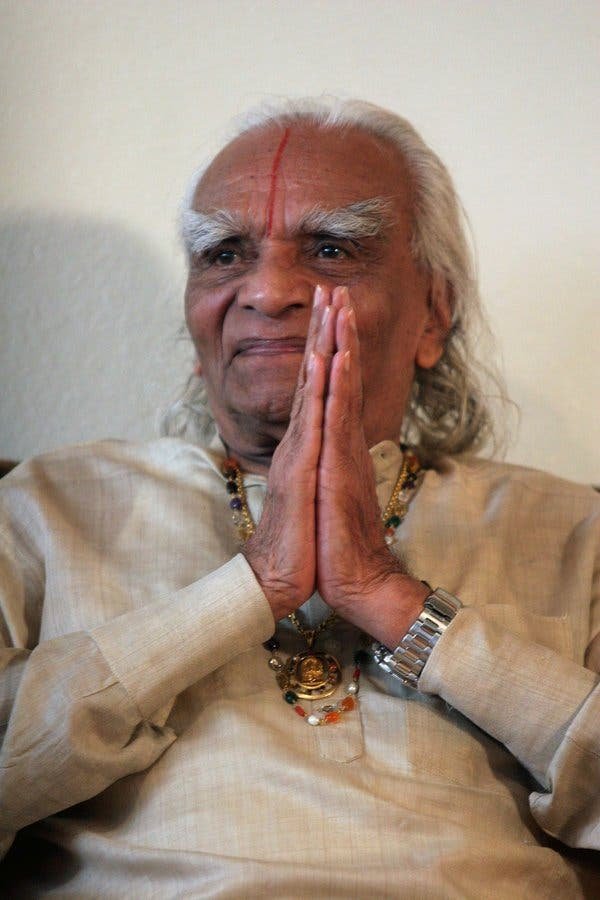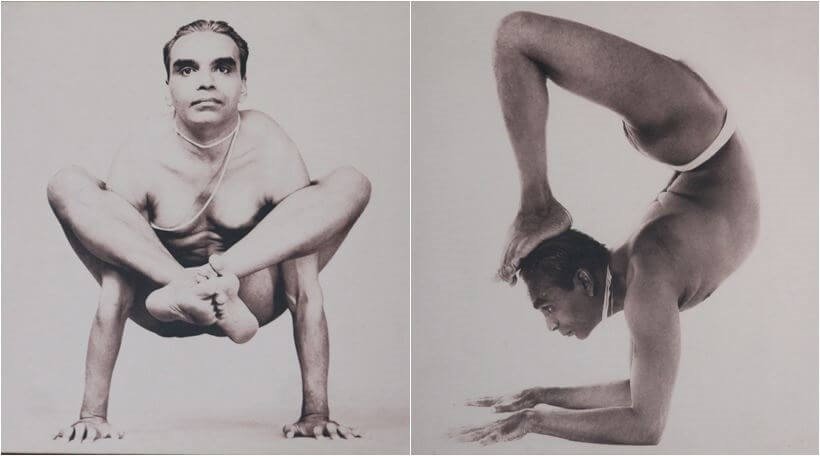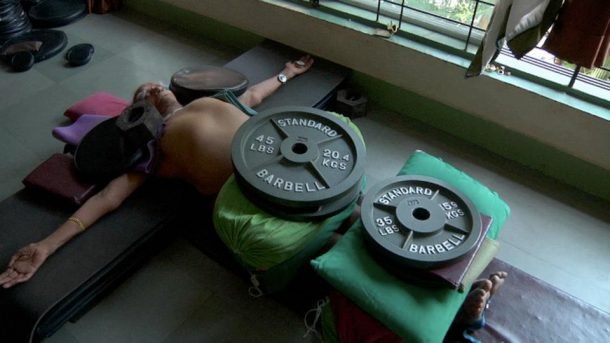Bellur Krishnamachar Sundararaja Iyengar a.k.a. BKS Iyengar is the found of Iyengar Yoga.
Gratefully, we have BKS Iyengar to thank for introducing props to yoga. So props to him!
“For me, prop is not only for the asana. It should contribute to the position of the body which in turn can let the mind be calm and state of ‘chitta vritti nirodha’ be experienced. Body is my first prop. The body is a prop to the soul.”–B.K.S. Iyengar
In Yoga Sutra 1.2, the second sutra of book one, Patanjali lays out the definition and purpose of yoga. [In Sanskrit] Yogas citta vrtti nirodhah. [Interpretation by Swami Satchidananda] The restraint of the modifications of the mind-stuff is Yoga.
Other than one’s own body, props consist of balls, blocks, belts, blankets, chairs, cushions, pillows, rocks, ropes, sandbags, a wall, weights, etc., all used to support the students exploration of poses and to bring precision and alignment to the yoga practice.
This practice responds well to individuals who have varying limitations and capacities for getting into or accomplishing certain poses. Iyengar was well-known for his attention to detail and precision. If I didn’t know any better I would believe him to be a Virgo, but he was a Sagittarius.
Iyengar Yoga is characterized by several qualities, primarily precision and alignment, timing of the poses, sequencing of the poses, and the use of props. Using props has been one of the many gifts of Iyengar's creative and inventive genius.
For some yoga students, they see a prop as some sort of admission of a limitation. For other students, they just do not see them as beneficial. But according to B.K.S. Iyengar and his students props advance the practice at a quicker rate thereby providing the student with a transformative experience through yoga.
Like many other yoga styles, Iyengar Yoga begins with an in-depth study of asanas (poses) and pranayama (breathing).
Iyengar has systematized over 200 classical yoga Asanas and 14 different types of Pranayamas (with variations) from quite simple to incredibly difficult. These have been systemized to allow a beginner to progress safely from basic to advanced as they grow in flexibility, strength and confidence.
The Great Yoga Wall® was designed by Cedrik Wolfe in the late 90s on the heels of a traditional Iyengar wall rope system. Being an engineer, Cedrik designed a safe-system that could withstand hundreds of pound on a single wall attachment.
*See pic below of me in the blue or the pic at the very bottom to see the entire Great Wall system.
I take about two (2) Iyengar classes a month through the Iyengar Institute of Los Angeles. Quite frequently they will offer FREE 2-Hour Sunday afternoon workshops. Watch for them! It’s cool to check out other styles of yoga so that you can have an objective opinion and see what style suits your fancy, personality and body, not to mention the knowledge and experience you will gain. When it comes to yoga, keep an open mind.
This is a photo of BKS Iyengar in a weighted Savasana is one of the production stills from a movie currently in development – Sadhaka: The Yoga of BKS Iyengar.








